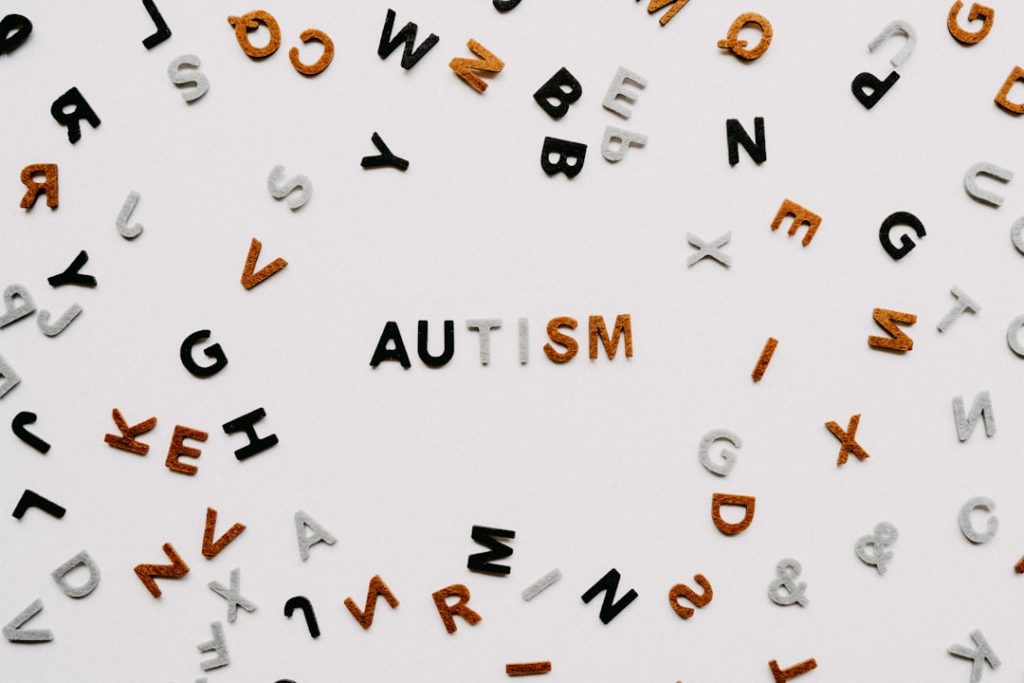Social Skills Lessons You Can Teach at Home
Understanding Social Skills: A Complete Guide for Families Social skills are the foundation of human interaction, allowing people to build relationships, communicate successfully, & negotiate the complexity of social situations. It can be particularly difficult for kids with autism spectrum disorders to develop these abilities. Understanding social cues, playing cooperatively, & communicating both verbally and nonverbally are just a few of the many behaviors that fall under the broad category of social skills. Fostering a child’s capacity to connect with others requires an understanding of the significance of social skills as families investigate autism therapy options. We will examine several facets of social skills in this piece, dissecting them into digestible parts. Key Takeaways Social skills are essential for successful interactions and relationships with others. Effective communication involves both speaking and listening attentively. Empathy and perspective-taking are crucial for understanding and connecting with others. Problem-solving and conflict resolution skills are important for navigating interpersonal challenges. Active listening is a key component of effective communication and building rapport with others. Families can better assist their children in acquiring the abilities needed to succeed in social settings by being aware of these components. Each section will offer insights and useful tactics that can be applied at home and in community settings, ranging from empathy to communication. Social interaction is fundamentally based on communication. It encompasses not just the words we say but also the tone, body language, and facial expressions we use to express our ideas and emotions. Children with autism may face particular difficulties when communicating. They may have trouble understanding idioms, striking up conversations, or deciphering nonverbal clues. Thus, improving communication abilities is frequently the main goal of autism treatment. Engaging in activities that encourage language use can help your child develop effective communication skills. Playing interactive games, reading aloud, or even role-playing various social situations can all be beneficial forms of practice. Encouraging your child to freely express their ideas and emotions can also help them feel more confident about their communication skills. Keep in mind that patience is essential; acknowledging minor accomplishments can inspire your child to keep developing their abilities. The capacity to comprehend & experience another person’s emotions is called empathy. It is essential for navigating social situations and creating deep connections. Children with autism may find it especially difficult to develop empathy because they have trouble identifying and interpreting emotional cues. However, developing empathy is crucial to creating solid bonds and advancing social harmony. Storytelling is a powerful tool for fostering empathy. Your child can develop perspective-taking skills by reading books that examine a variety of emotions or talking about the emotions of characters. Encourage your child to think about other people’s perspectives & gain a better understanding of emotions by posing questions like “How do you think that character feels?” or “What would you do in that situation?”. Also, you can set a strong example for your child to follow by acting empathetically in your own interactions. Social interactions will inevitably involve conflict, and mastering the art of handling disagreements is an essential social skill. Due to their inflexible thought patterns or inability to comprehend the viewpoints of others, children with autism may have trouble resolving conflicts and solving problems. By teaching them these techniques, you can enable your child to resolve conflicts amicably instead of becoming frustrated or withdrawing. Problem-solving techniques can be effectively practiced by role-playing various conflict scenarios. Encourage your kids to come up with ideas for possible fixes and talk about the advantages and disadvantages of each. This activity develops teamwork and negotiating skills in addition to critical thinking. Teaching your child to use “I” statements, such as “I feel upset when,” is also important. “—can encourage better communication during disputes by assisting them in expressing their emotions without blaming others. A key element of successful social interaction and communication is active listening. It entails giving the speaker your whole attention, responding correctly, and using both verbal & nonverbal clues to show that you understand. Gaining proficiency in active listening can greatly improve children with autism’s capacity to interact with both adults and their peers. Engage your child in conversations where they must pay attention to what others are saying to help them develop active listening skills. Encourage them to ask follow-up questions, keep eye contact, & acknowledge with a nod. During conversations, you might also think about reminding them of these listening strategies with visual aids or prompts. Your child will become a better communicator & develop respect for the opinions of others if you emphasize the value of listening. The capacity to successfully control one’s emotions in a variety of circumstances is known as emotional regulation. Emotional regulation can be especially difficult for kids with autism because of increased sensitivity or trouble recognizing their emotions. It’s crucial to teach your kids how to control their emotions so they can handle social situations without getting overwhelmed. Making an emotional toolbox with techniques your child can employ when feeling overburdened or distressed is one successful strategy. Deep breathing techniques, counting to ten, and the use of sensory aids like fidget toys are a few examples of this toolbox. Encourage your child to identify the things that set them off emotionally so they can practice using these techniques. Giving your child the skills they need to control their emotions will enable them to react to social situations more composedly and intelligently. Positive social interactions are built on a foundation of manners & respect. Instilling virtues like kindness, empathy, and appropriate behavior in a variety of contexts are all part of teaching kids about respect. It may be necessary for kids with autism to receive specific instruction & practice in order to comprehend social norms pertaining to respect. One of the best ways to impart these values is to set an example of respectful behavior in your own interactions. Take advantage of commonplace circumstances to show good manners, such as saying hello to neighbors or expressing gratitude to service providers. Your










